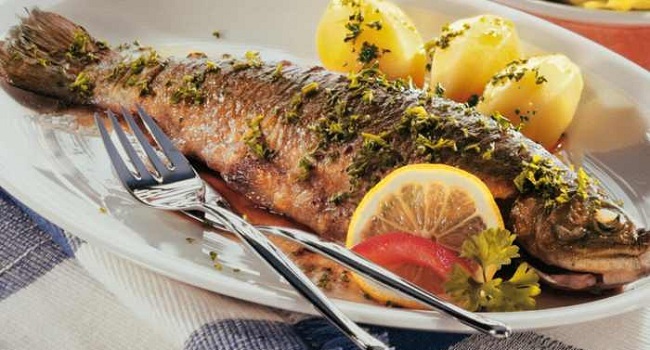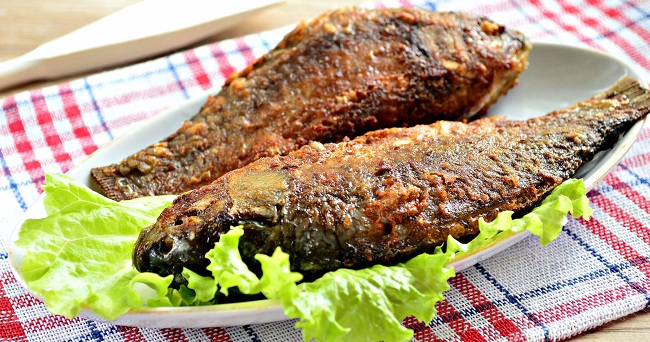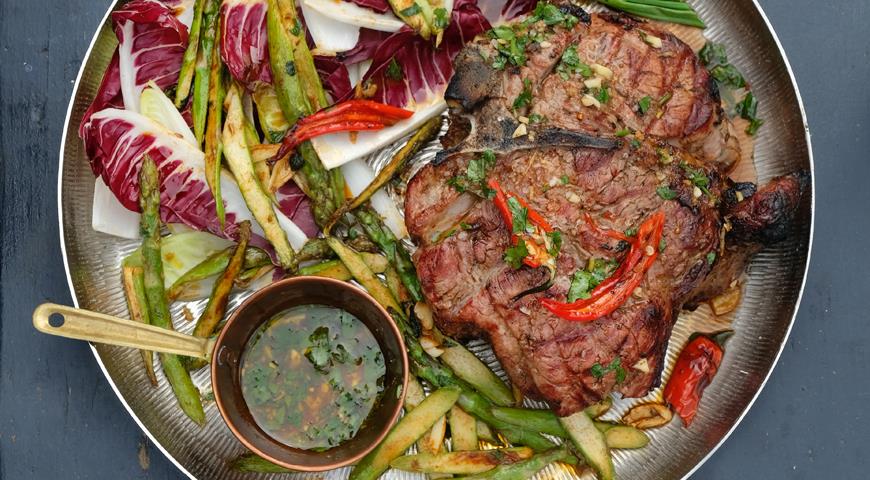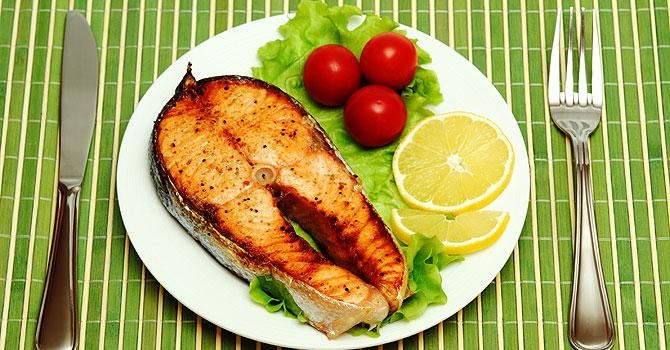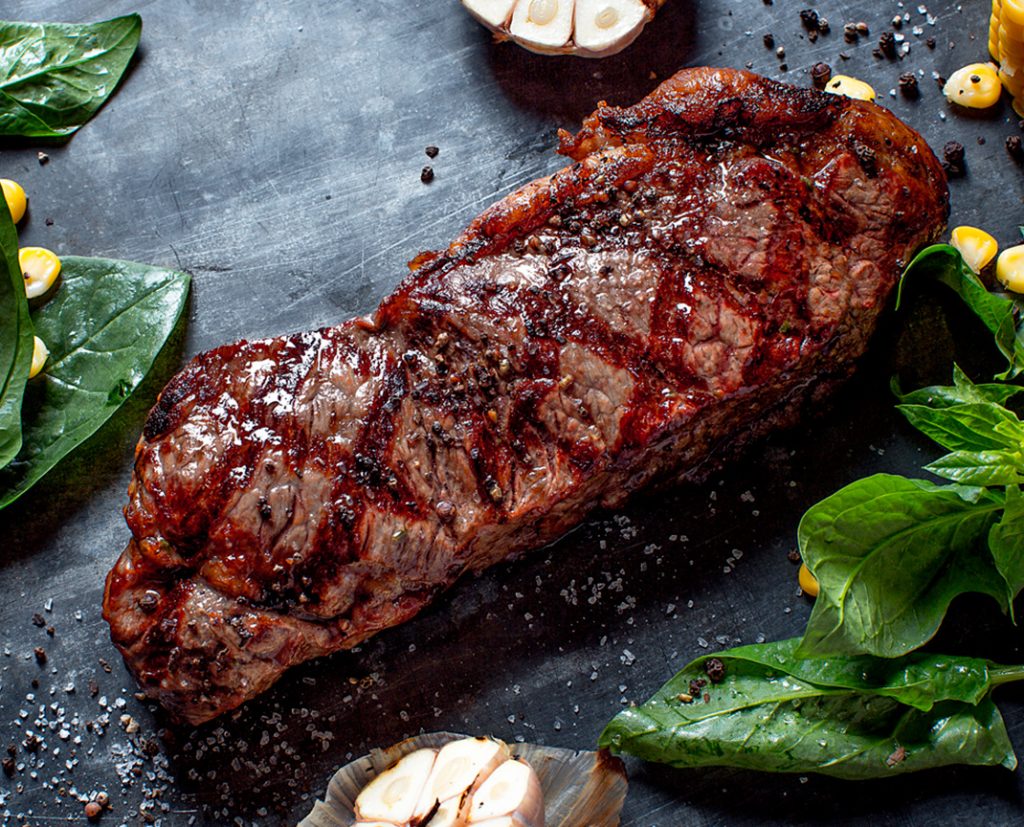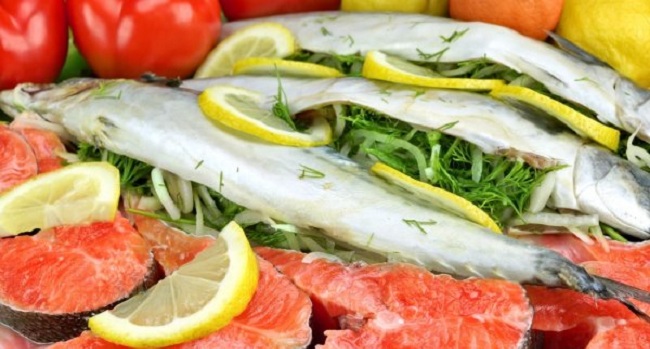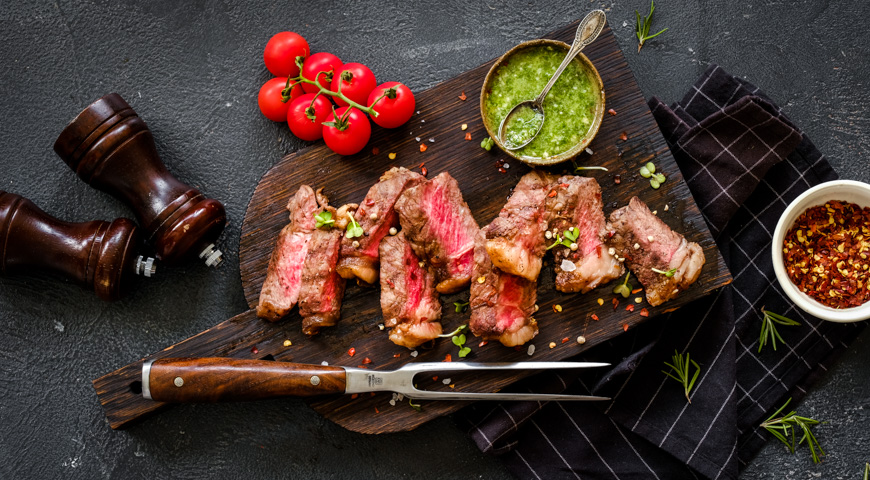Do you like fish cakes? After our advice, they will definitely not leave you indifferent! 🙂
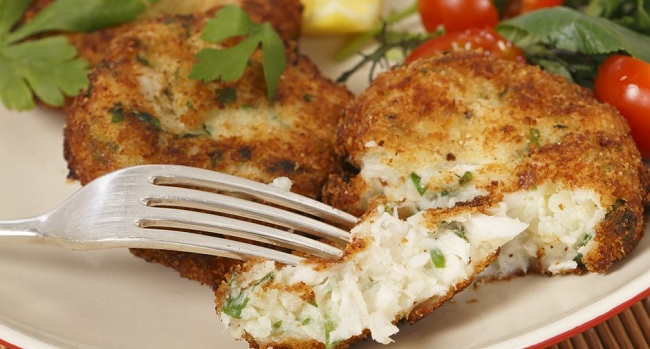
- For the cutlet mass, you can use any fresh or well-soaked salted fish that does not contain small bones.
- The most suitable fish for this purpose are cod, pike perch, haddock, catfish, pike, sea bass and burbot, motley catfish, fresh chum salmon.
- Fish for cutlet mass, cut into fillets without skin and bones, cut into pieces and pass through a meat grinder.
- Stale wheat bread soaked in milk or cold water (without a crust), salt, ground pepper are put into the resulting mass, everything is mixed well and then passed through a meat grinder for the second time.
- You can add raw pork fat, fat or butter to the cutlet mass from low-fat fish (50 – 100 g per 1 kg of pulp).
- When using raw lard and fat from the insides of the fish, it is passed through a meat grinder together with the fish; the butter is pre-softened and then mixed with the finished cutlet mass.
- If fat is not added to the cutlet mass from low-fat fish, then to increase the friability it is recommended to add chilled steamed fish passed through a meat grinder.
- To obtain a homogeneous consistency, the cutlet mass is thoroughly stirred.
- Cutlets, meatballs, meatballs, zrazy and rolls are prepared from the cutlet mass.
- For 1 kg of fish fillets, take 250 g of wheat bread from flour not lower than the first grade, 350 – 400 g of water or milk. 20 g salt, 1 g pepper.

